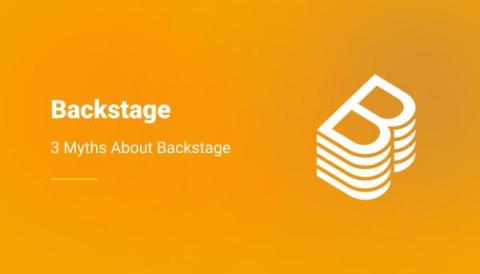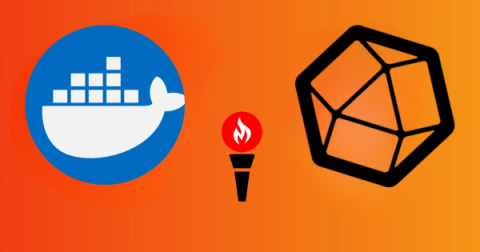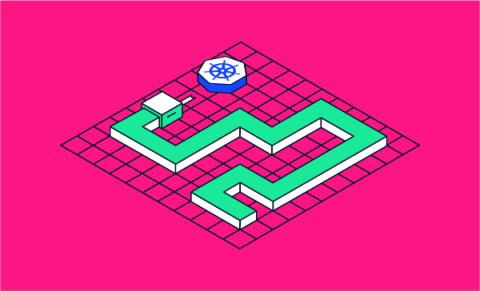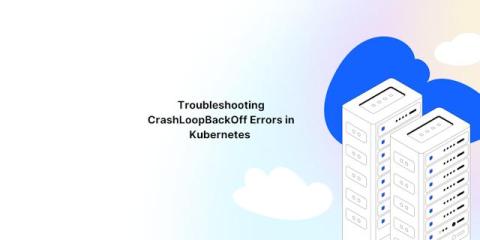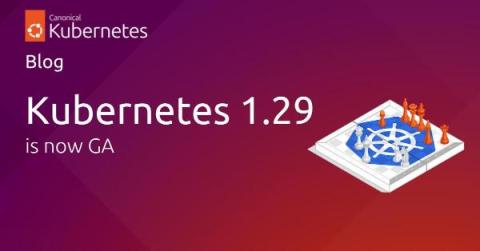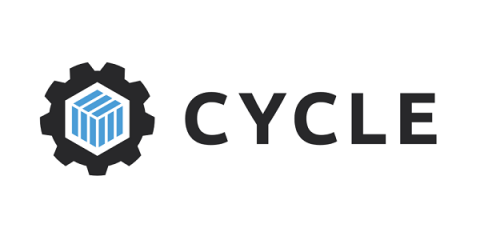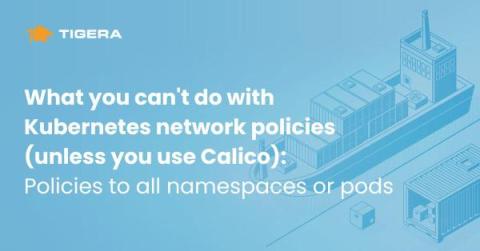Operations | Monitoring | ITSM | DevOps | Cloud
Latest News
Monitor Docker With Telegraf and MetricFire
Monitoring your Docker environment is critical for ensuring optimal performance, security, and reliability of your containerized applications and infrastructure. It helps in maintaining a healthy and efficient environment while allowing for timely interventions and improvements. In general, monitoring any internal services or running process helps you track resource usage (CPU, memory, disk space), allowing for efficient allocation and optimization.
Deploying a Python Application with Kubernetes
A powerful open-source container orchestration system, Kubernetes automates the deployment, scaling, and management of containerized applications. It’s a popular choice in the industry these days. Automating tasks like load balancing and rolling updates leads to faster deployments, improved fault tolerance, and better resource utilization, the hallmarks of a seamless and reliable software development lifecycle.
Troubleshooting CrashLoopBackOff Errors in Kubernetes
The Year of AI: Reflections and Predictions for 2024
Who could have predicted that 2023 would see such a huge leap forward in Artificial Intelligence (AI)? That this was going to be the year industries decided that, this is the decade, we would solve AI. From the earliest research as far back as the 1940s, we’ve all been holding our breath, wondering when AI will live up to the expectations painted by science fiction writers and futurists. With the arrival of ChatGPT from OpenAI, we’ve been catapulted into the next generation.
Canonical Kubernetes 1.29 is now generally available
How to fix Kubernetes init container errors
Navigating Engineering Tradeoffs
In part 1 of this 2 part blog we looked at some common engineering tradeoffs. But how might someone navigate these tradeoffs and build a model that works for their product? Here are some core concepts that can help along the way.
Best Rancher Alternatives & Competitors
What you can't do with Kubernetes network policies (unless you use Calico): Policies to all namespaces or pods
Continuing from my previous blog on the series, What you can’t do with Kubernetes network policies (unless you use Calico), this post will be focusing on use case number five — Default policies which are applied to all namespaces or pods.


